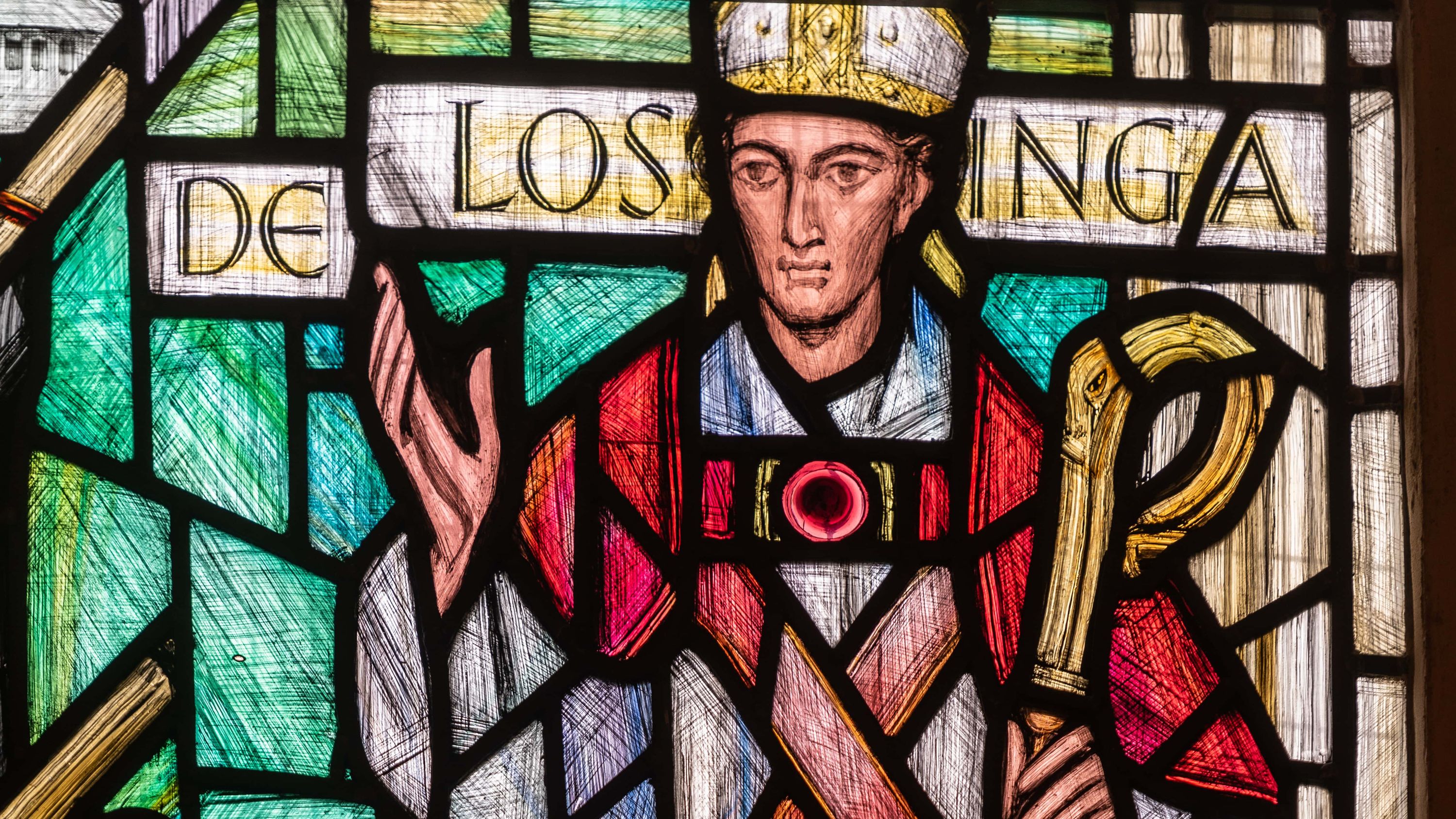Herbert de Losinga

Norwich Cathedral's founding Bishop
Herbert de Losinga (1054?—1119) was responsible for settling in Norwich the pre-existing see (Bishop’s seat) of Thetford and was the founder of Norwich Cathedral.
A monk and then prior of Fécamp Abbey in Normandy, Herbert was invited by King William Rufus in 1087 to become Abbot of Ramsey. When in 1090 the see of Thetford fell vacant, Herbert offered the king £1000 to purchase the see, thereby committing the sin of simony while conforming to political reality under William’s rapacious rule.
In 1096 Herbert began to build his cathedral and monastery. Most of the Cathedral as it now stands and many attendant monastic buildings were completed before his death in 1119.

A devout pastor
In addition to the Cathedral, he also built dependant priories at Yarmouth and Lynn, two hospitals, his palace next to the Cathedral and two further manor houses at North Elmham and South Elmham. If Herbert was ambitious, he was also a devout and conscientious pastor who was lavishly generous with the funds available to him.
Bishop Herbert's Grave
Bishop Herbert died on 22 July 1119 and his grave can be found in front of the Cathedral’s High Altar.
Every July a special service takes place in remembrance of him.
Bishop Herbert’s grave is also close to the Bishop’s throne which is known as a Cathedra.

The Cathedra
The Cathedra is the reason that the Cathedral is called a Cathedral and Norwich Cathedral in particular is unique because the Cathedra has never moved from its original position.
Norwich Cathedral shares with ancient Christian basilicas the placement of the Bishop’s Throne behind the High Altar, thought to be unique in cathedrals north of the Alps. The stone fragments below the wooden throne are thought to be relics of the pre-Norman episcopal throne.

